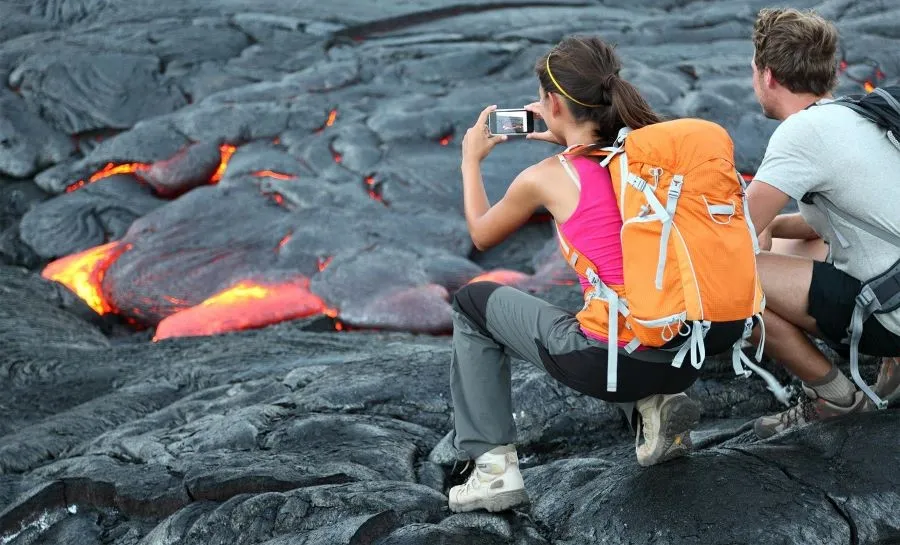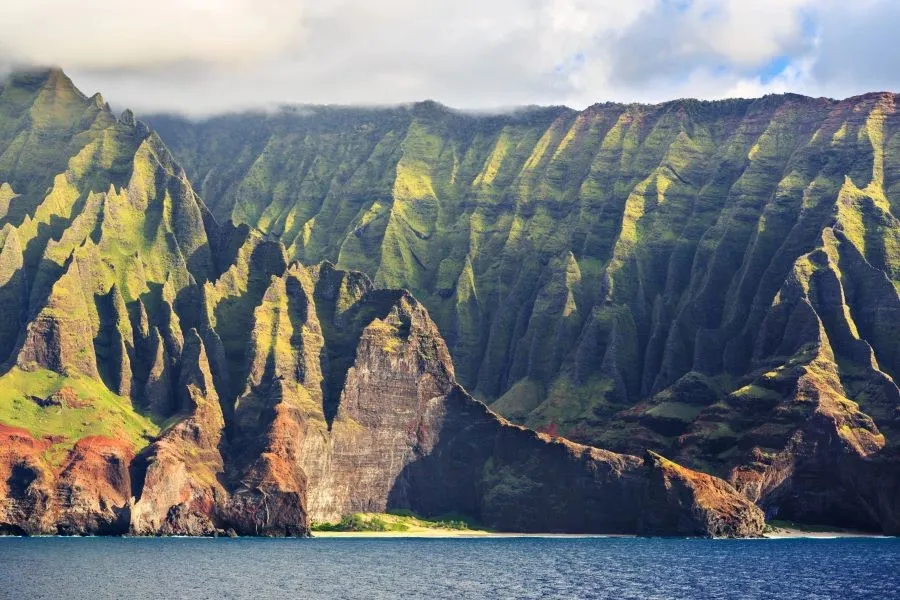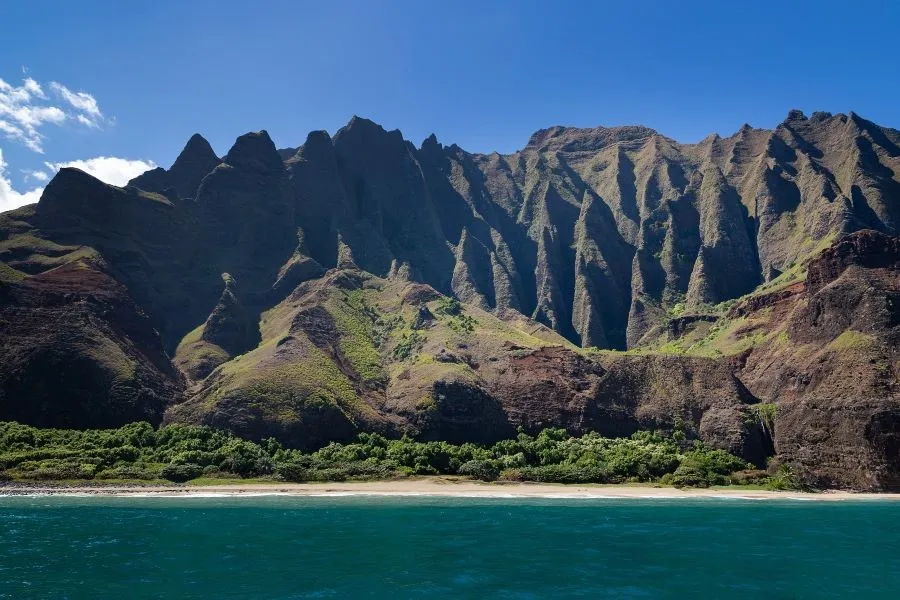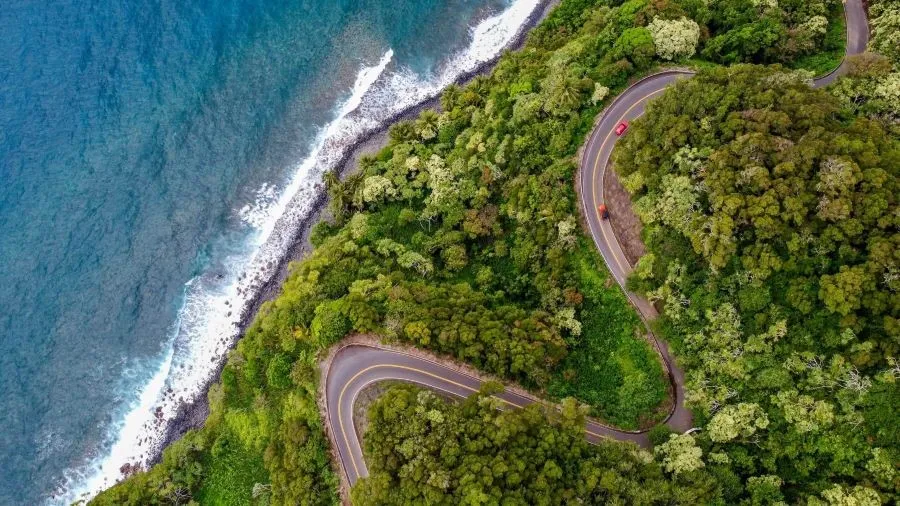Hawaii, a beautiful archipelago in the Pacific Ocean, is not only famous for its stunning beaches and majestic volcanoes but also a paradise for bird lovers. With its diverse ecosystems, Hawaii is home to many unique native and migratory bird species. If you are passionate about bird watching, Hawaii is definitely a destination not to be missed.
So, where are the best places to observe wild birds in Hawaii? Let’s explore the biodiversity-rich areas where you can admire the beauty of rare bird species and learn about the conservation efforts of local people. This article will take you to the most amazing bird watching spots, from nature reserves to national parks, helping you have a memorable bird watching experience in Hawaii.
Top Spots for Wild Bird Watching in Hawaii
Hawaii boasts numerous biodiversity-rich areas, providing ideal habitats for many bird species. Here are some of the top locations you can explore:
1. James Campbell National Wildlife Refuge, Oahu
Located on the north shore of Oahu, this refuge is one of the most important areas for seabird conservation in Hawaii. It provides shelter for many migratory birds, especially during winter.

Here, you can easily observe birds such as shorebirds, ducks, and other seabirds. The refuge offers walking trails specifically designed to help visitors get closer to the birds without disturbing their habitat. Remember to bring binoculars for the best bird watching experience.
2. Hawaiʻi Volcanoes National Park, Big Island
Not only a fascinating destination with active volcanoes, Hawaiʻi Volcanoes National Park is also home to many rare native bird species.

For example, the ʻapapane, a bright red Hawaiian honeycreeper, is frequently seen in this area. You also have the chance to spot the ʻiʻiwi, a bird with a distinctive curved bill used for nectar feeding. The park offers many hiking trails, allowing you to explore rainforests and volcanic landscapes where these birds live.
3. Waimea Canyon, Kauai
Waimea Canyon, also known as the “Grand Canyon of the Pacific,” is not only famous for its majestic scenery but also a wonderful destination for bird watching.

Here, you might find native birds like the Kauaʻi ʻōʻō, although this species is critically rare and possibly extinct. However, there are still many other birds such as ʻapapane and ʻelepaio (a native flycatcher) that you can easily observe. The canyon’s viewpoints offer expansive vistas, making it easy to spot birds from a distance.
4. Alakai Wilderness Preserve, Kauai
Located deep in the interior of Kauai, the Alakai Wilderness Preserve is a high-altitude bog that is home to many unique native bird species.

This is one of the most inaccessible areas of Hawaii, but the effort to get here will be well worth it. You might see the puaiohi (a native small Hawaiian thrush) and kamaʻo (a native thrush), both of which are critically endangered. Be prepared for a challenging hike and bring appropriate gear to cope with the wet conditions.
5. Molokai Island
Molokai Island, less known than other Hawaiian islands, is a hidden gem with many surprises for bird lovers.

This island has many pristine areas where native birds can thrive. You can explore rainforests and coastal regions where you may find birds like ʻamakihi (a honeycreeper) and nene (Hawaiian goose), the state bird symbol. Consider joining local eco-tours for a chance to explore lesser-known areas and learn about local conservation efforts.
Tips for Effective Wild Bird Watching in Hawaii
To have a great bird watching experience in Hawaii, keep these tips in mind:
- Time: The best time for bird watching is early morning or late afternoon when birds are most active.
- Location: Research areas known for birdlife. Use birding maps and guides to identify potential destinations.
- Equipment: Bring high-quality binoculars, a field guide to Hawaiian birds, and a camera to capture memorable moments.
- Respect: Maintain a safe distance from birds and avoid disturbing their habitat. Follow the regulations of nature reserves and national parks.
- Weather: Hawaii can have sudden rain showers, so prepare rain gear and other protective equipment.
- Learn about E-E-A-T: To ensure the credibility of the article, information about bird watching locations should be sourced from reputable sources with expertise and experience in this field.
- Adhere to Helpful Content principles: Focus on providing useful, detailed, and accurate information about birds, bird watching locations, and tips for the best experience.
Conserving Birdlife in Hawaii
Conserving native bird species in Hawaii is a crucial task, as many are threatened by habitat loss, invasive species, and diseases. Many organizations and local communities are working to protect these birds, including habitat restoration, invasive species control, and research on bird diseases.
You can contribute to this effort by participating in responsible eco-tours, supporting conservation organizations, and following the rules when visiting bird habitats.
Conclusion
Hawaii is a paradise for bird lovers, with many wonderful places to explore and admire the beauty of wild birds. From nature reserves to national parks and lesser-known islands, Hawaii offers unique and memorable bird watching experiences. Plan your trip and discover the rich birdlife of Hawaii!